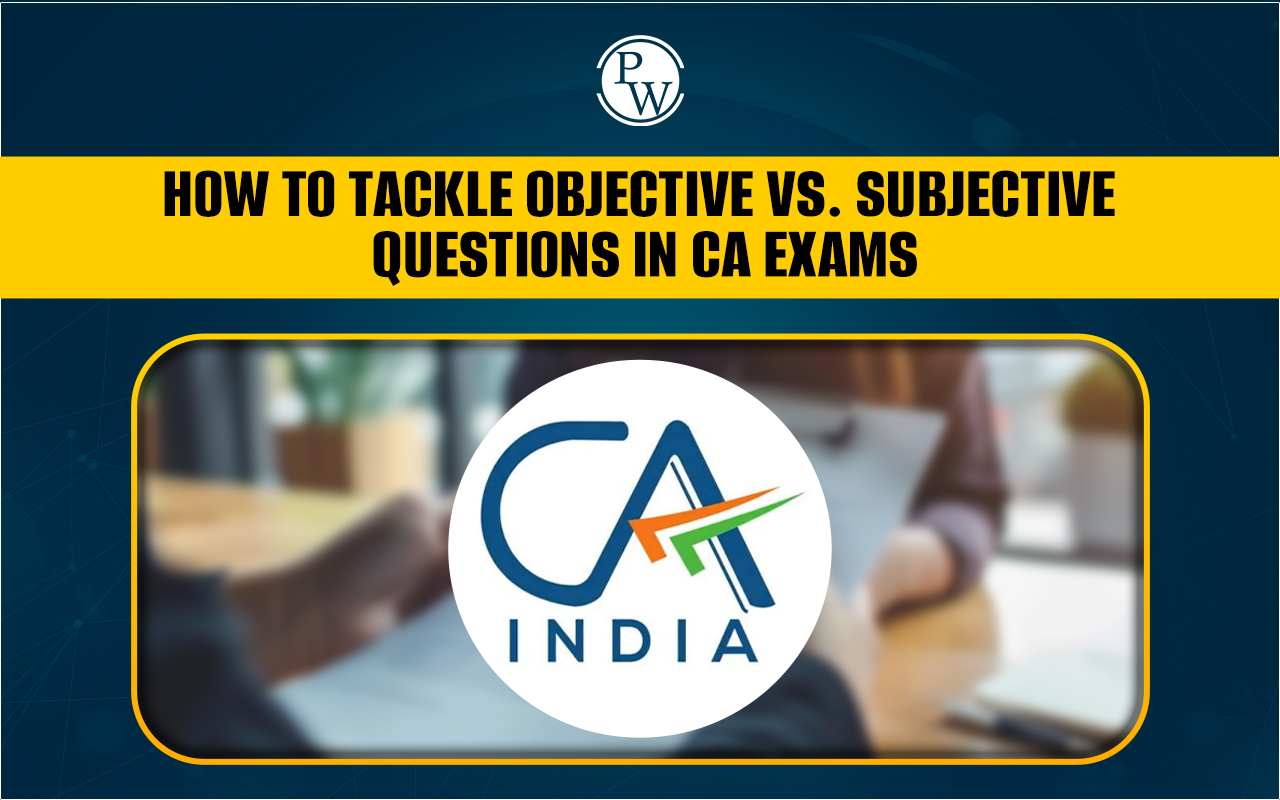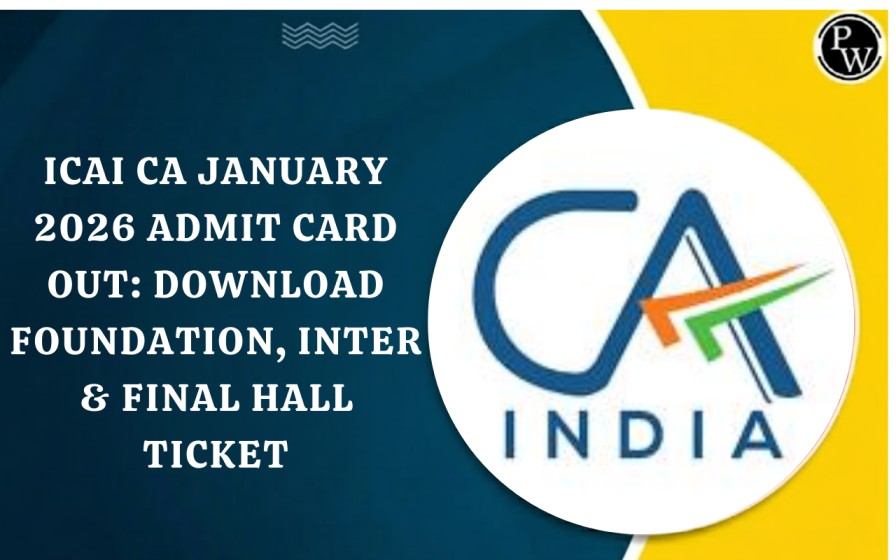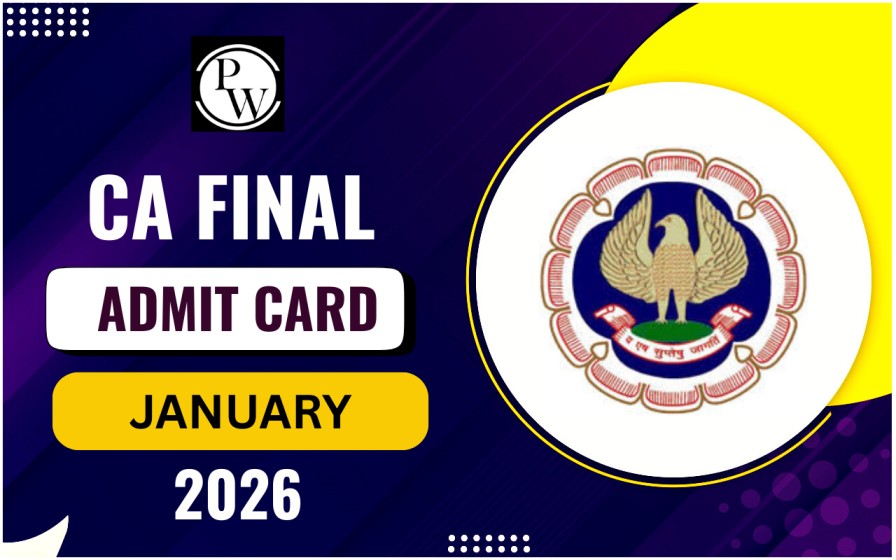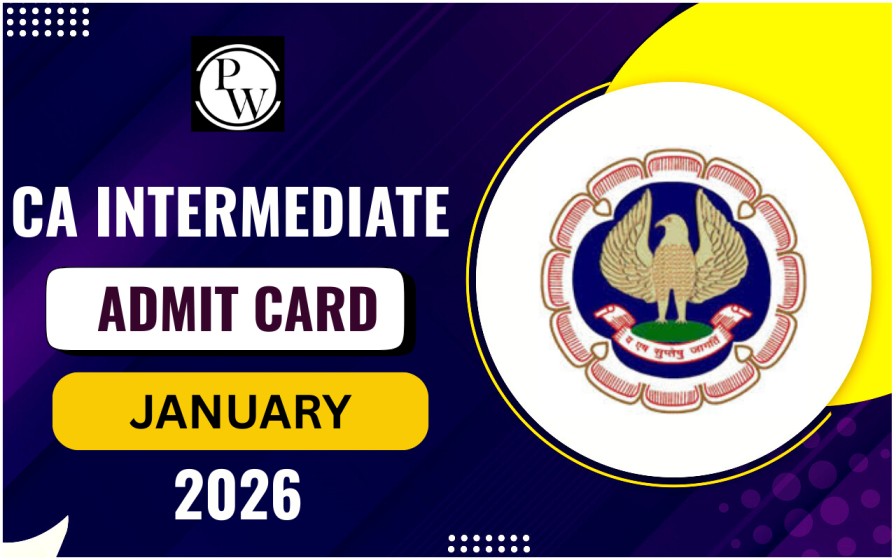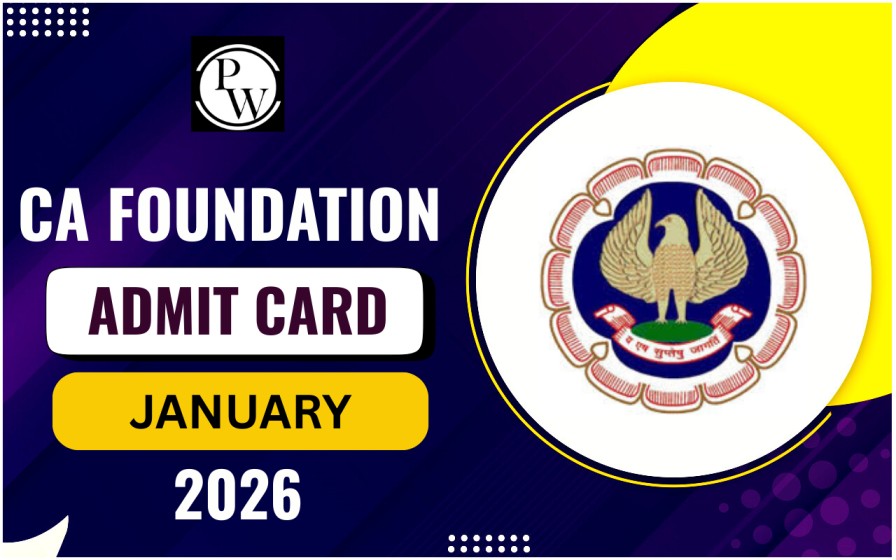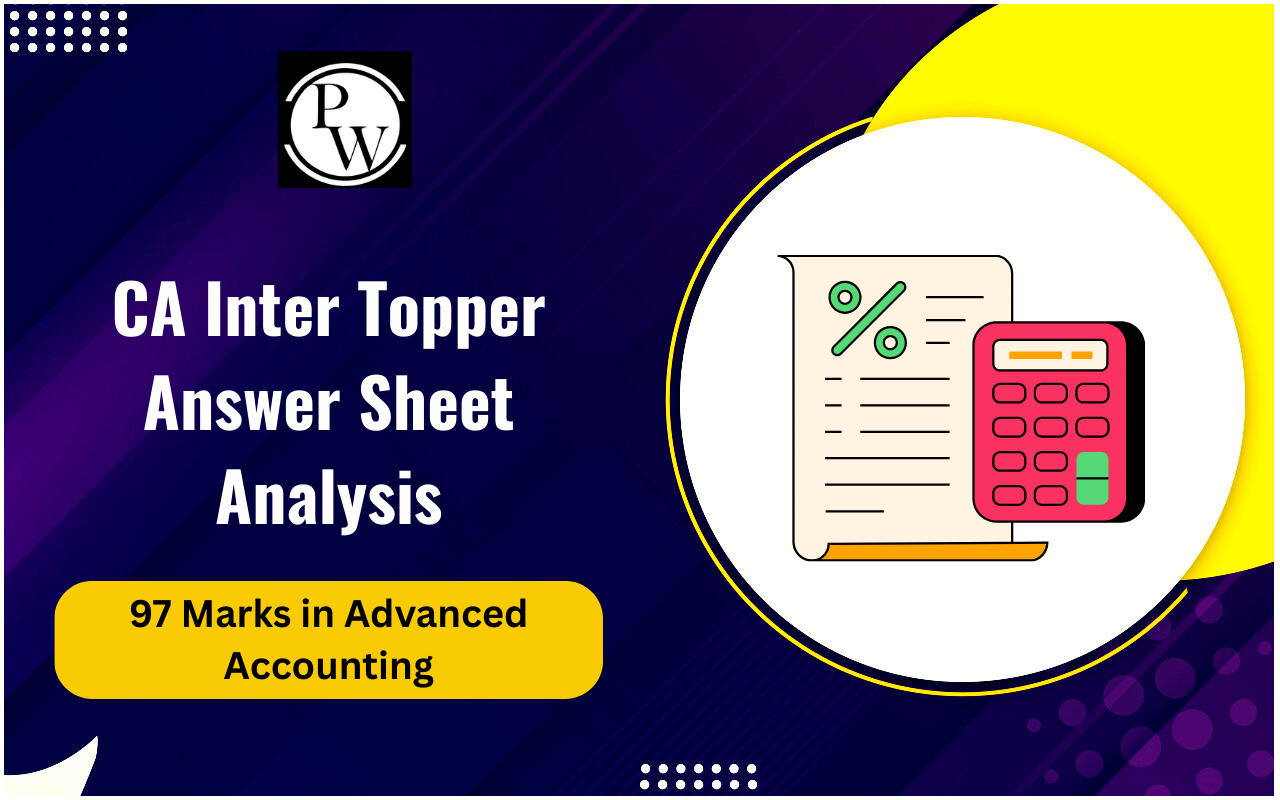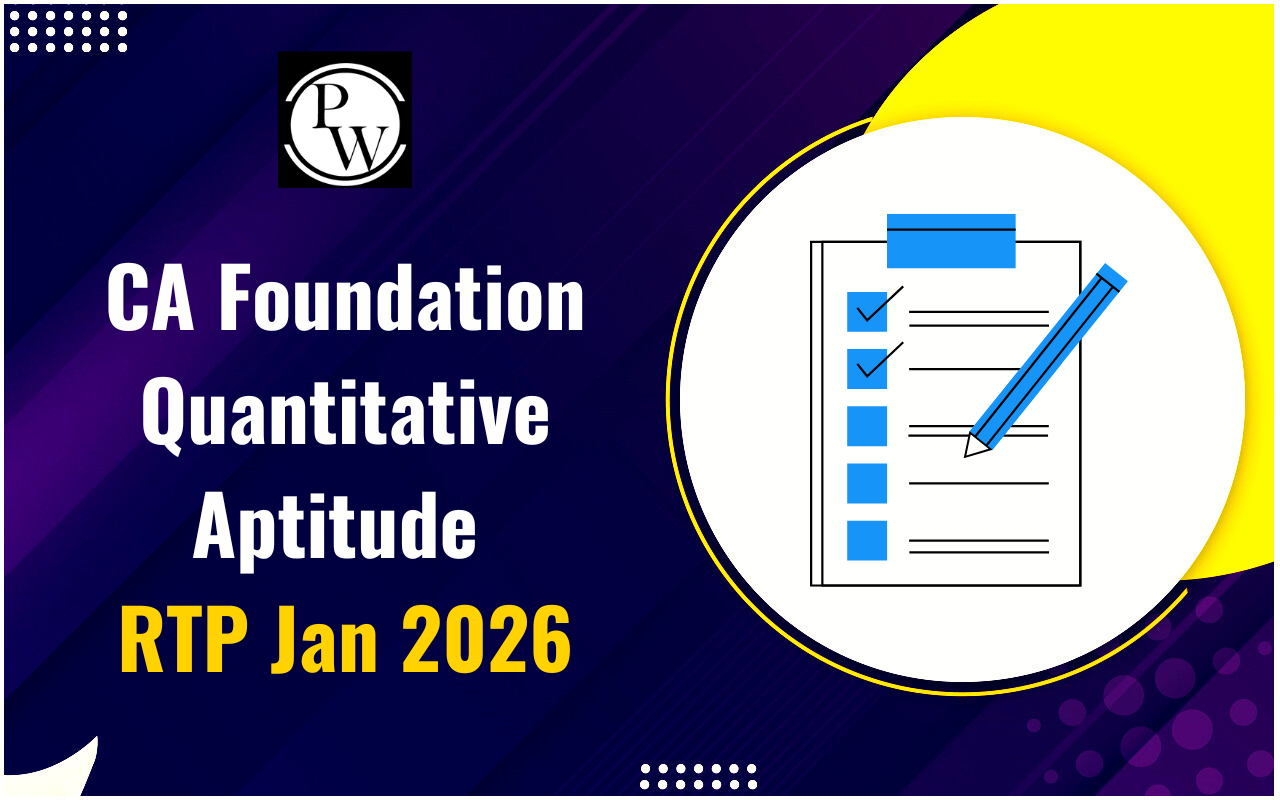
CA Final Financial Reporting : The CA Final is the last stage of the Chartered Accountancy course in India. Once students successfully complete the CA Final Articleship training, they become eligible to apply for the CA Final Exam .
Similar to the CA Intermediate Exam , the CA Final Course is divided into 8 subjects, with two groups each. The Institute of Chartered Accountants of India (ICAI) conducts the CA Final Examination every year in the months of May and November. Among all the subjects, CA Final Financial Reporting stands as the first subject, where students can easily gain marks by putting in hard work. To clear the CA Final Financial Reporting Exam, students should know the subject properly. Once they complete the registration process, they must check the CA Final Syllabus . Following the syllabus, they must prepare a study plan and start studying for the examination.Why Should You Study CA Final Financial Reporting?
Studying CA Final FR is essential for several reasons. Firstly, it is the first subject of the CA Final Course, making it a crucial foundation for the rest of the program. This subject holds significant importance and covers key topics, including Accounting Standard interpretation, Accounting Standard application, Financial Reporting and its analysis, US GAAP, Accounting for corporate restructuring, Share-Based Payment, Merchant bankers, Non-banking finance company regulations, valuation, and Stock & commodity market intermediaries. By studying CA Final Financial Reporting, students can gain a comprehensive understanding of Accounting principles and practices, enabling them to interpret financial statements accurately. This skill is valuable in the business world as it helps organizations make informed decisions based on financial data. Furthermore, one of the major benefits of mastering CA Final FR is developing budget control skills. In today's competitive landscape, cost evaluation and planning are essential for businesses to thrive. By learning CA Final FR, students can effectively analyze and synthesize costs, which is a valuable skill sought after by employers.CA Final Financial Reporting Paper Pattern 2023
Here are the details for the CA Final FR Paper Pattern 2023.| CA Final Financial Reporting Paper Pattern 2023 | |
| Particulars | Details |
| Type of Question | The type of questions in the exam is subjective, meaning you need to provide descriptive answers. |
| Exam Duration | Three hours |
| Total Marks | The paper carries a total of 100 marks, contributing significantly to the final score. |
| Number of Questions | There are 6 questions in total, out of which you need to attempt any 5 as per your preference. |
| Negative Marks | No negative marking means you won't lose marks for incorrect answers. |
CA Final Financial Reporting Chapter wise Weightage for Nov 2023
In the CA Final Paper 1 for Financial Reporting (FR), each chapter holds a specific weightage of marks. Let's explore the distribution of marks across the chapters:| CA Final Financial Reporting Chapter wise Weightage for Nov 2023 | ||
| Chapter Number | Weightage of Marks | Chapter Name and Topics |
| Chapter-1 | 10-15 Marks | Conceptual Framework for Financial Reporting under Indian Accounting Standards (Ind AS) |
| Chapter-2 | 10-15 Marks | Ind AS on Presentation of Items in the Financial Statements [Ind AS 1, 7 and 34] |
| Chapter-6 | 10-15 Marks | Ind AS 101 "First-time Adoption of Indian Accounting Standards" |
| Chapter-4 | 10-15 Marks | Ind AS on Measurement based on Accounting Policies [Ind AS 8, 10 and 113] |
| Chapter-3 | 10-15 Marks | Ind AS 115 "Revenue from Contracts with Customers" |
| Chapter-8 | 10-15 Marks | AS 41 "Agriculture" |
| Chapter-7 | 15-20 Marks | Ind AS on Assets of the Financial Statements [Ind AS 2, 16, 23, 36, 38, 40, 105 and 116] |
| Chapter-9 | 15-20 Marks | Ind AS on Liabilities of the Financial Statements [Ind AS 19 and 37] |
| Chapter-10 | 15-20 Marks | Ind AS on Items impacting the Financial Statements |
| Chapter-11 | 15-20 Marks | Ind AS on Disclosures in the Financial Statements |
| Chapter-5 | 15-20 Marks | Other Indian Accounting Standards [Ind AS 20 and 102] |
| Chapter-12 | 10-20 Marks | Accounting and Reporting of Financial Instruments |
| Chapter-13 | 10-20 Marks | Business Combinations and Corporate Restructuring |
| Chapter-14 | 10-20 Marks | Consolidated and Separate Financial Statements of Group Entities |
| Chapter-15 | 5-10 Marks | Analysis of Financial Statements |
| Chapter-16 | 5-10 Marks | Integrated Reporting |
| Chapter-17 | 5-10 Marks | Corporate Social Responsibility Reporting |
Important Topics for CA Final Financial Reporting (FR)
Here are the details of important topics for CA Final Financial Reporting:- Consolidation and Business Combination : These topics carry a significant weightage of marks in the CA exam . Mastering them will ensure you score well.
- Smaller Chapters for Good Marks : Don't overlook smaller chapters like HR accounting, E-commerce accounting, Carbon Credits, and value-added statements. These can yield good marks and shouldn't be underestimated.
- IND AS 109 Financial Instruments and Share-Based Payments : Devote time to understanding these topics as they have consistently been asked in exams and can fetch you an average of 20 marks.
- Corresponding AS and IND AS : Once you've covered the main topics, shift your focus to topics with corresponding Accounting Standards (AS) and Indian Accounting Standards (IND AS). Understanding both will enhance your knowledge.
- Analysis of Financial Statements : Approach this chapter practically to gain ease with it. Understanding the practical aspect will help you perform better.
- Avoid Leaving Chapters : Refrain from leaving out any chapters, as the institute is skilled at setting tricky questions. Give due attention to all topics to ensure comprehensive preparation.
How to Study CA Final Financial Reporting?
We provide effective study tips for CA Final FR to excel in your CA Final exams. Let's take a look at the following points:| Steps to Study CA Final Financial Reporting | |
| Steps | Description |
| 1 | Take comprehensive notes during classes, highlighting important concepts. Regularly review and understand all concepts. |
| 2 | Analyze the structure of exam papers from the last three years or the last 6 attempts to gain exam insights. |
| Understand the type of questions asked to tailor your studyapproach accordingly. | |
| 3 | Engage in the first revision by solving all learned material based on previous exam papers. |
| Focus on the types of questions encountered in the exams. | |
| 4 | During the second revision, read and try to answer one chapter from four different subjects each day. |
| No need for solving; just read and attempt to answer questions orally. | |
| Make rough notes for one or two questions. | |
| 5 | One month before exams, simulate exam conditions and solve sample papers to gauge your preparedness. |
| Familiarize yourself with exam situations and identify areas that require improvement. | |
| 6 | In the third revision, rectify mistakes noticed during paper-solving sessions. |
| Devote one day per subject to revise and rectify mistakes, and create a strategic approach for answering questions. | |
| Allocate 75% of the day for revision and 25% for limited paper-solving. | |
Self Study Tips for CA Final Financial Reporting
- Summarize important points chapter-wise in your notes.
- Refer to Revision Test Papers and Past Year Papers, completing all relevant questions.
- Practice time-bound format questions to improve time management.
- Solve mock papers to get familiar with exam conditions.
- Understand the weightage of marks and plan your study time accordingly.
- Start studying early to ensure sufficient preparation time.
- Properly draw formats (tables) for practical questions.
- Write formulas before showing calculations and assumptions.
CA Final Financial Reporting FAQs
How do I prepare for CA Final financial reporting?
Draft a well-structured study plan for CA Final with a clear outline of topics and time allocation. This will help you stay organized and cover all the essential areas.
Is financial reporting tough in CA Final?
Financial Reporting is considered one of the most scoring papers in Group 1 of the CA Final exam. While it requires expert knowledge, with proper preparation, it is not a tough paper.
Is CA Final Group 1 easy?
CA Final Group 1 is not considered easy; it is renowned for its challenging nature.
How to start preparing for CA Final FR?
Create concise notes on key exam-relevant points during your initial period. These notes will grab the examiner's attention and help you score well.
How many months are sufficient for the CA Final?
Dedicating 7 to 8 months to the CA Final course will provide ample time to complete it successfully and build a strong foundation of knowledge and confidence.
🔥 Trending Blogs
Talk to a counsellorHave doubts? Our support team will be happy to assist you!

Check out these Related Articles
Free Learning Resources
PW Books
Notes (Class 10-12)
PW Study Materials
Notes (Class 6-9)
Ncert Solutions
Govt Exams
Class 6th to 12th Online Courses
Govt Job Exams Courses
UPSC Coaching
Defence Exam Coaching
Gate Exam Coaching
Other Exams
Know about Physics Wallah
Physics Wallah is an Indian edtech platform that provides accessible & comprehensive learning experiences to students from Class 6th to postgraduate level. We also provide extensive NCERT solutions, sample paper, NEET, JEE Mains, BITSAT previous year papers & more such resources to students. Physics Wallah also caters to over 3.5 million registered students and over 78 lakh+ Youtube subscribers with 4.8 rating on its app.
We Stand Out because
We provide students with intensive courses with India’s qualified & experienced faculties & mentors. PW strives to make the learning experience comprehensive and accessible for students of all sections of society. We believe in empowering every single student who couldn't dream of a good career in engineering and medical field earlier.
Our Key Focus Areas
Physics Wallah's main focus is to make the learning experience as economical as possible for all students. With our affordable courses like Lakshya, Udaan and Arjuna and many others, we have been able to provide a platform for lakhs of aspirants. From providing Chemistry, Maths, Physics formula to giving e-books of eminent authors like RD Sharma, RS Aggarwal and Lakhmir Singh, PW focuses on every single student's need for preparation.
What Makes Us Different
Physics Wallah strives to develop a comprehensive pedagogical structure for students, where they get a state-of-the-art learning experience with study material and resources. Apart from catering students preparing for JEE Mains and NEET, PW also provides study material for each state board like Uttar Pradesh, Bihar, and others
Copyright © 2025 Physicswallah Limited All rights reserved.
Get App
